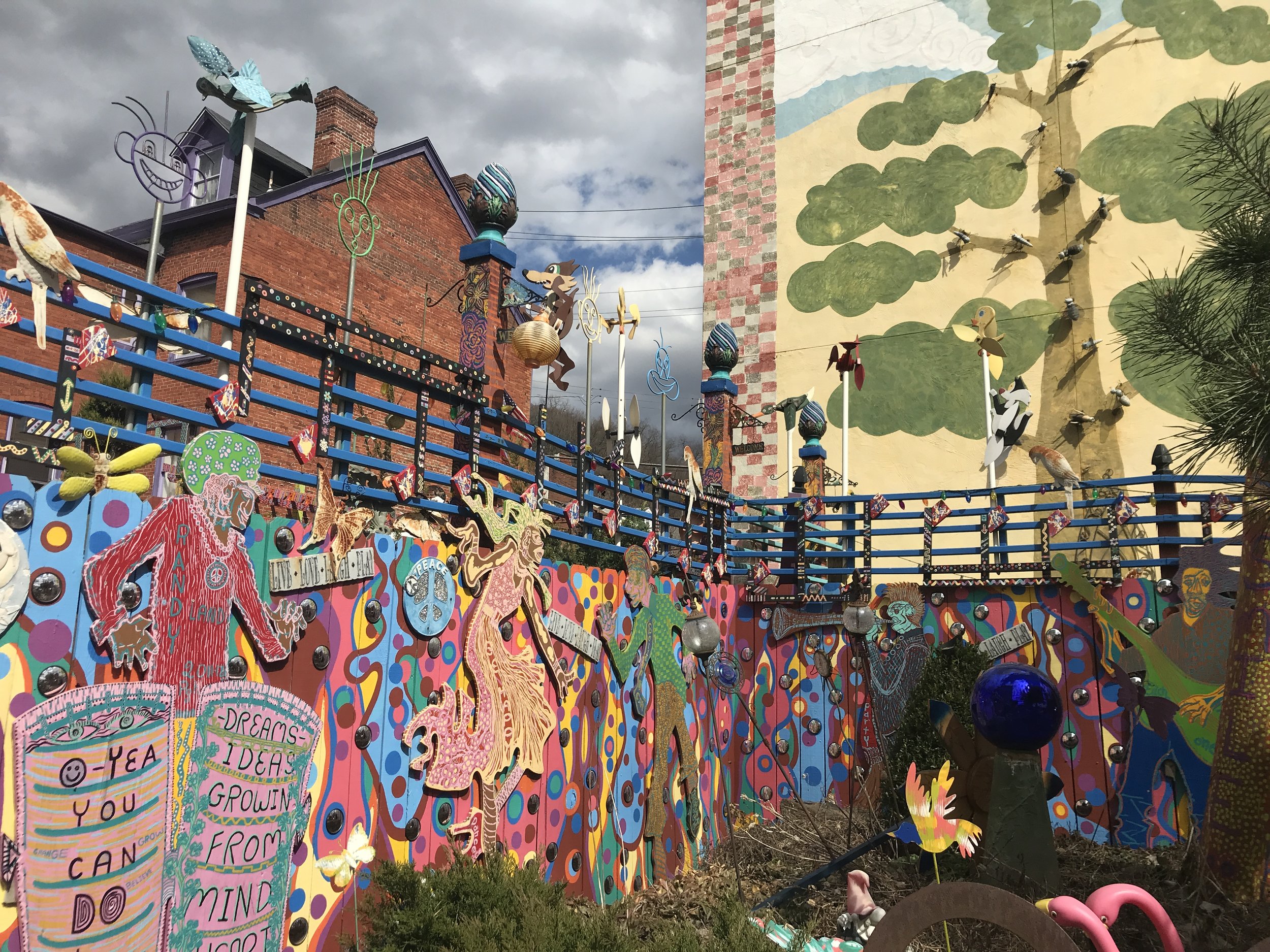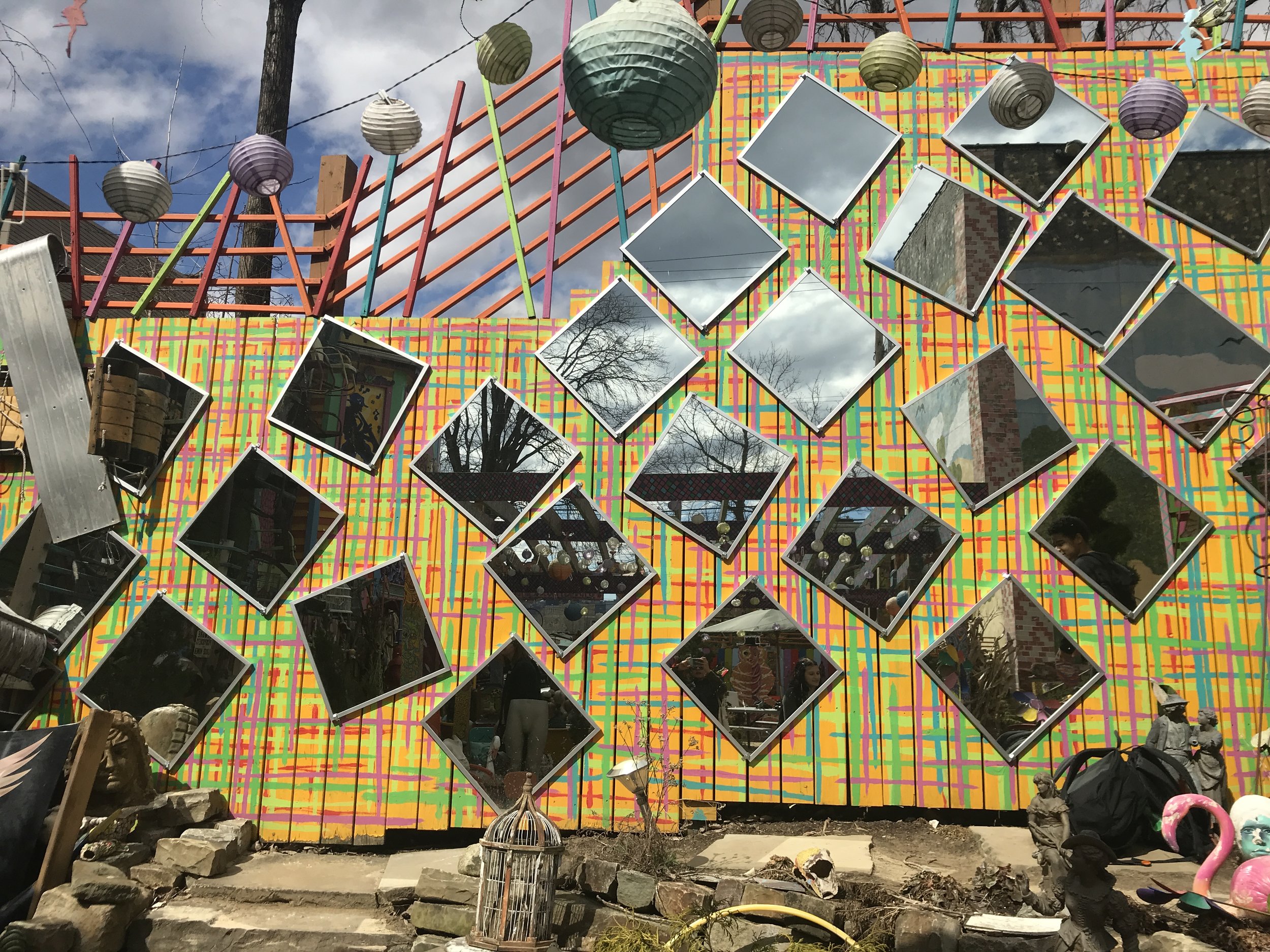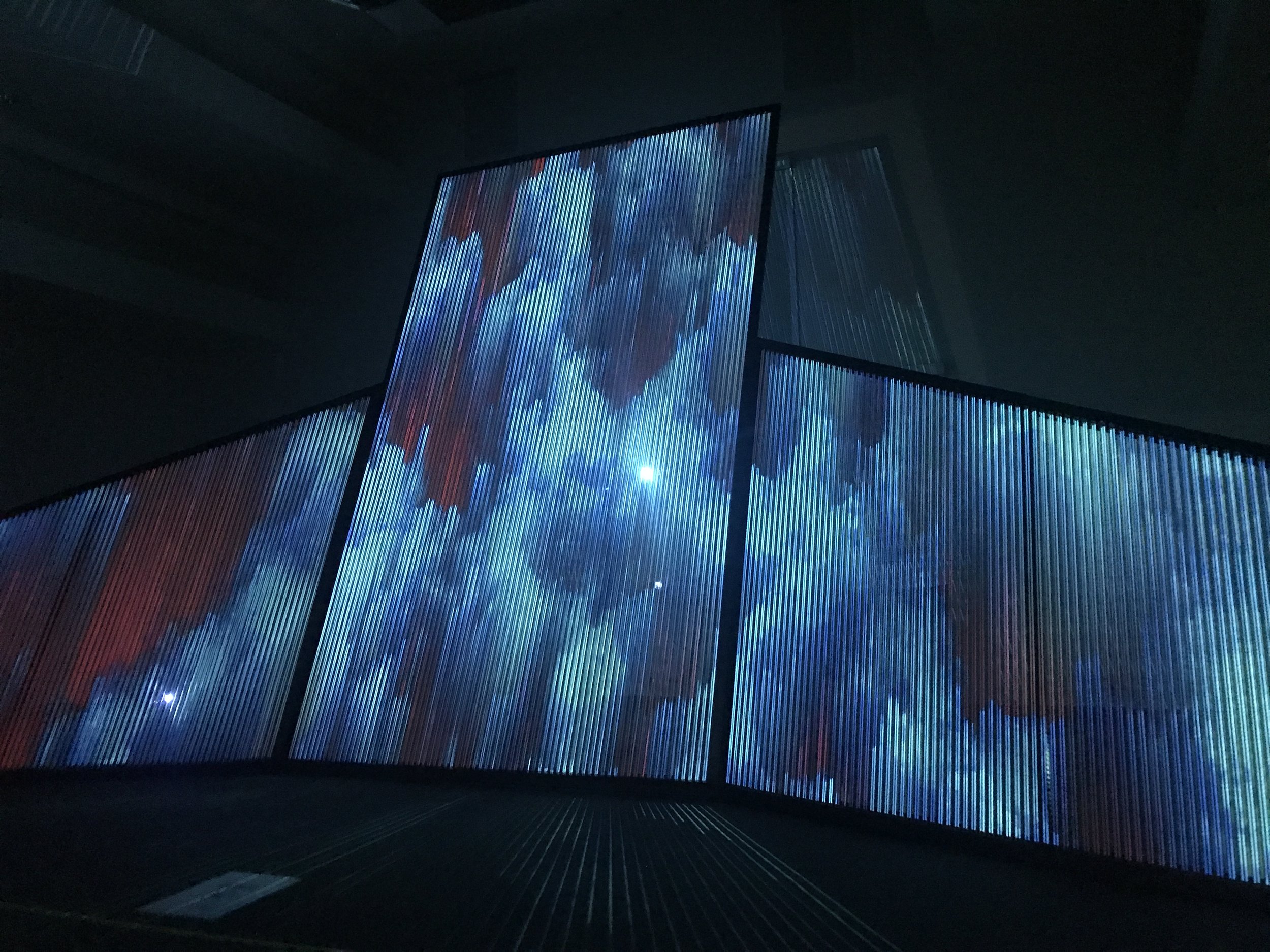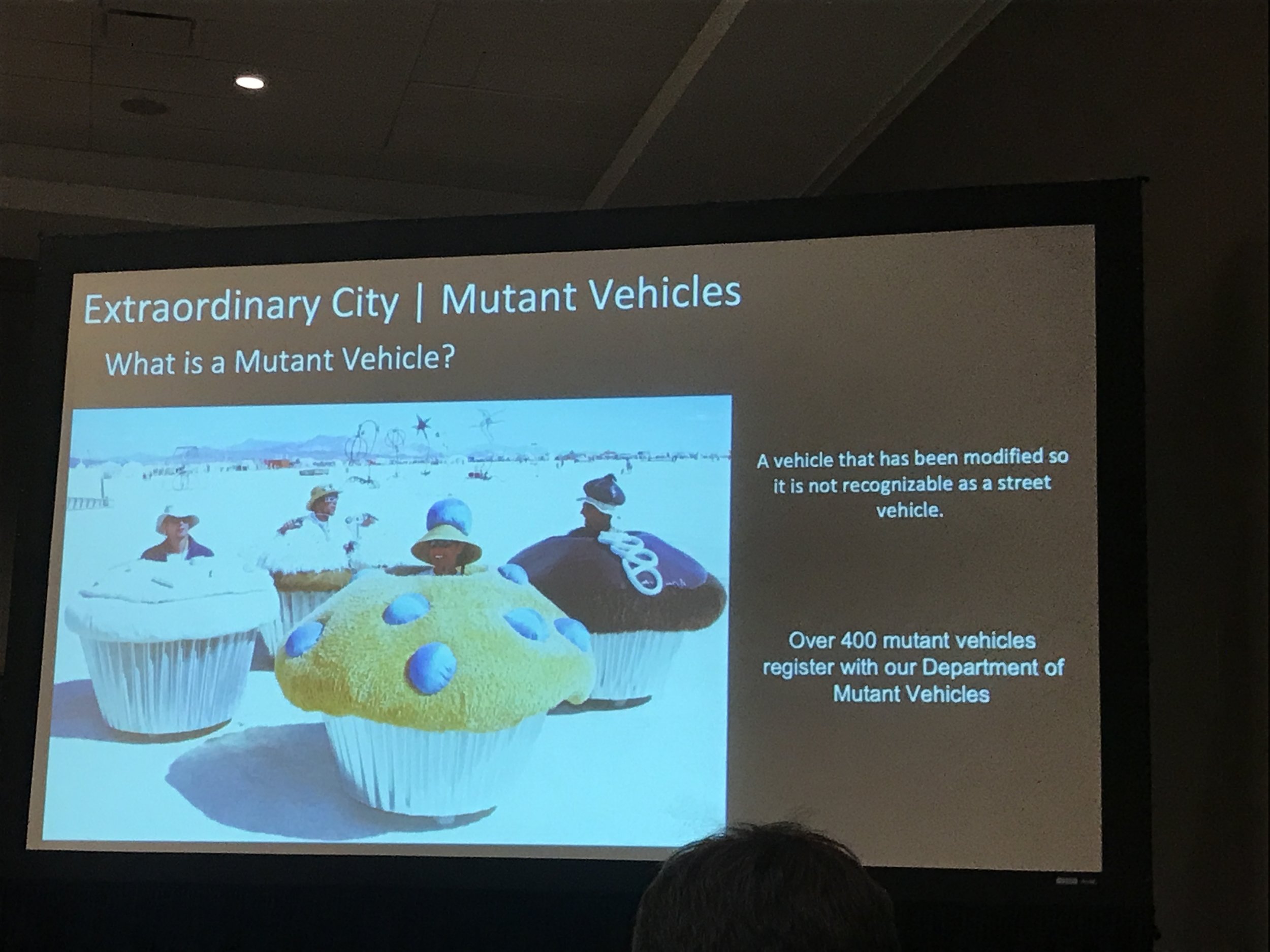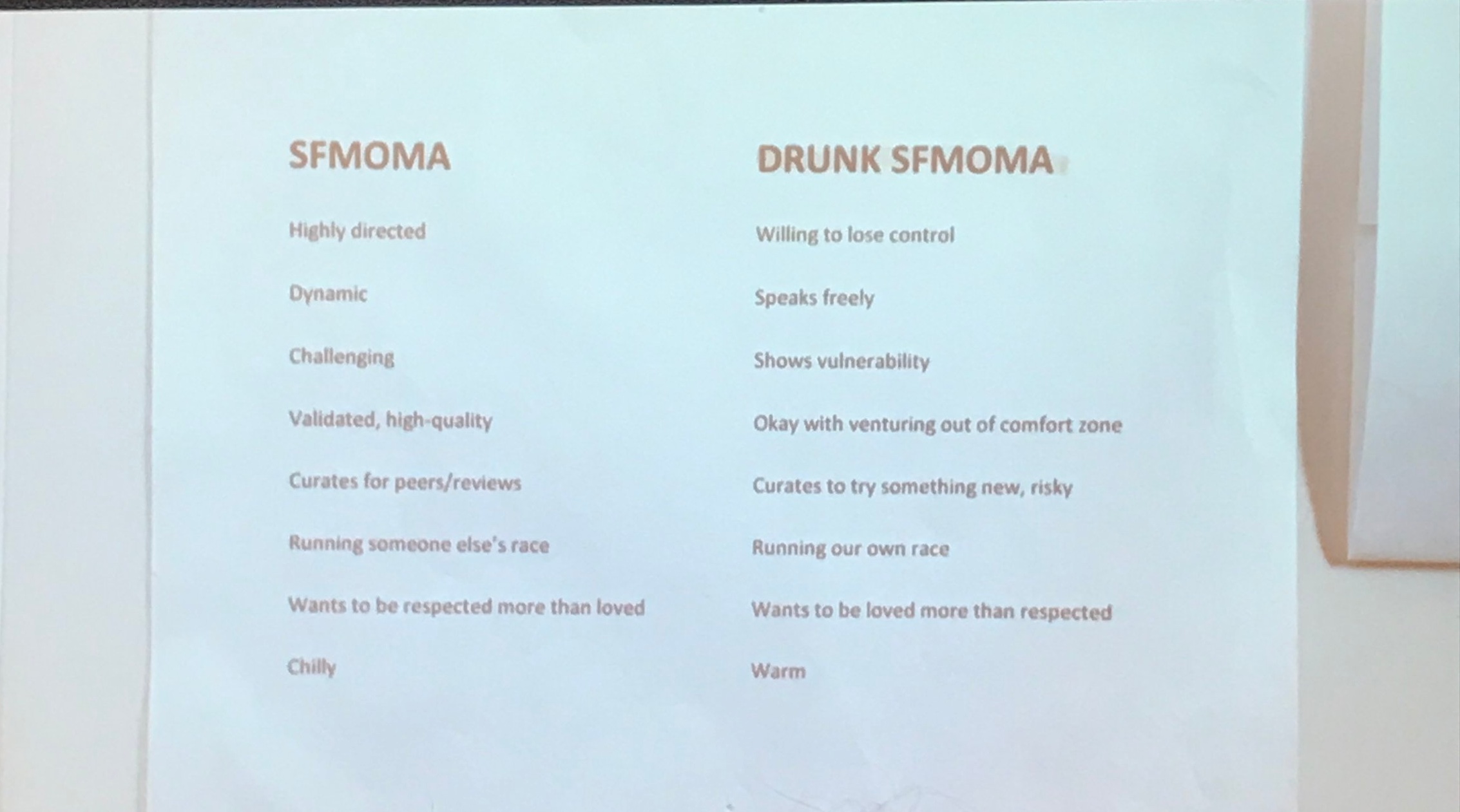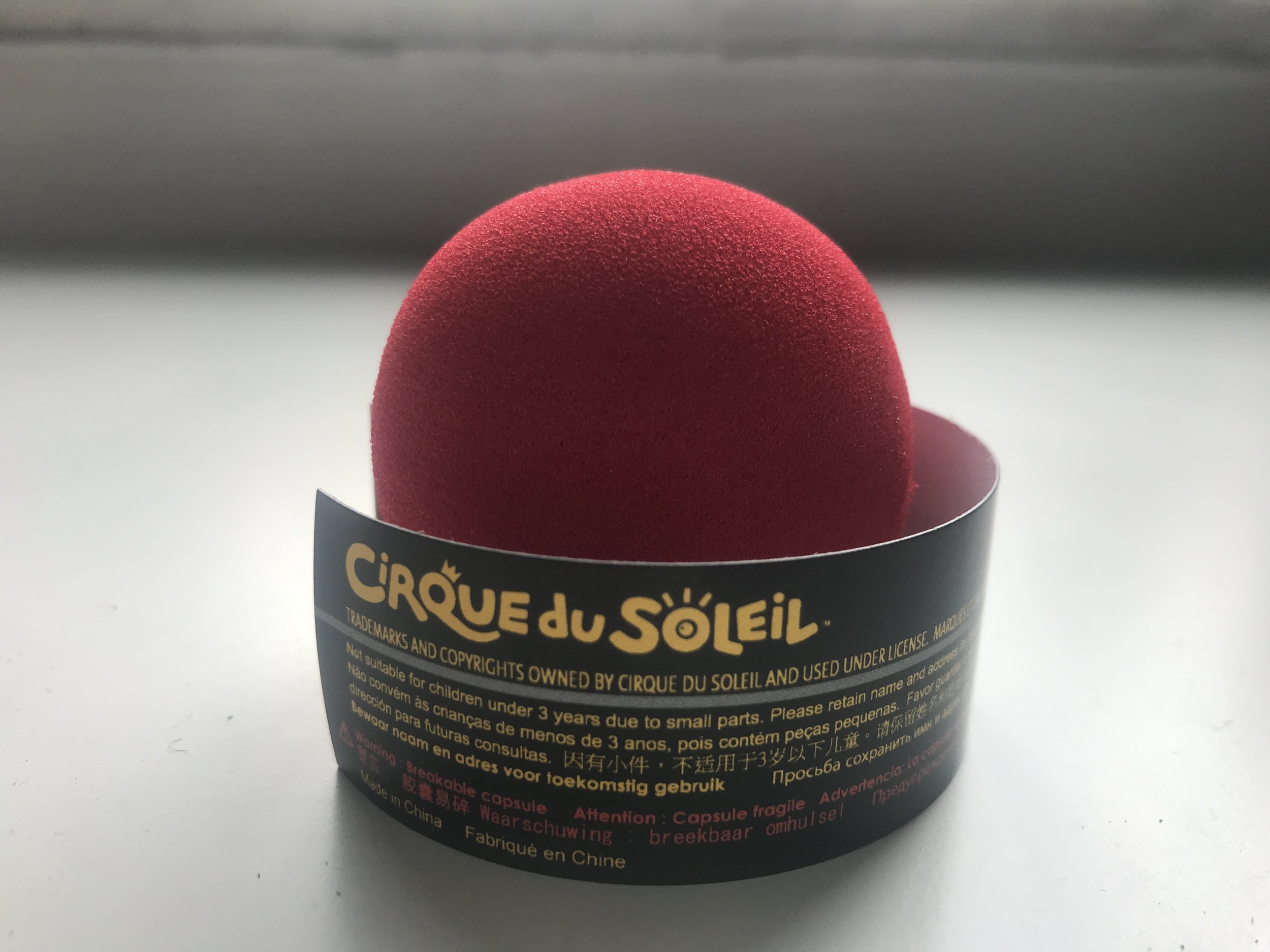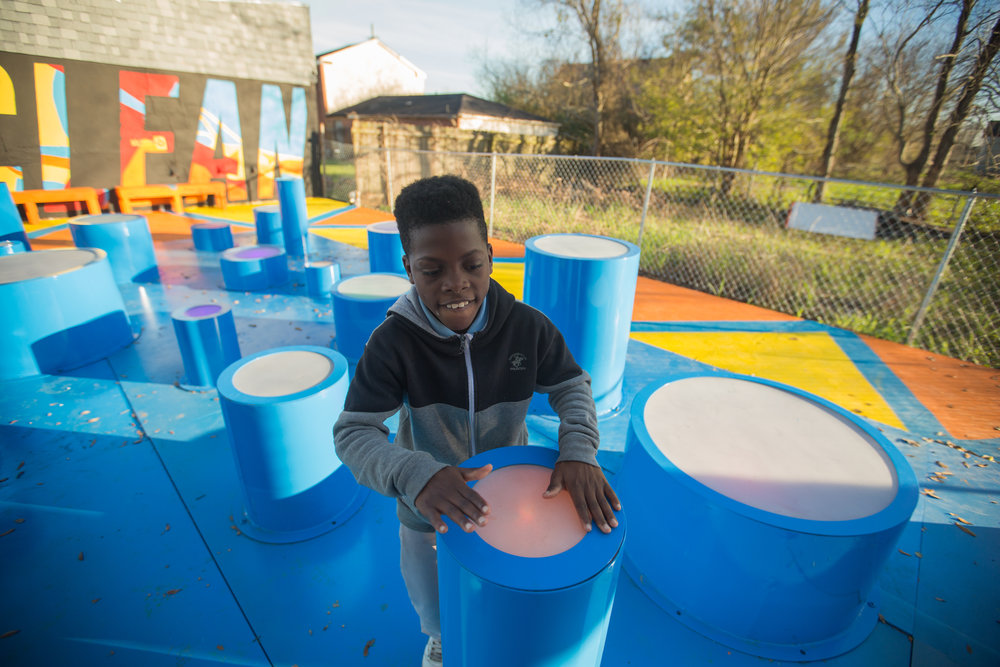But back to the science! Lotto is a neuroscientist studying perception and awe. He defined awe as a feeling in which you feel small, but fundamentally connected to the world. In this experiment with Cirque du Soleil, he measured the brain activity (with EEG caps) and unconscious bias (with surveys) of 60 participants witnessing a live Cirque show.
After collecting the data, Lotto’s team found that after watching the show, in perception guests feel:
Closer to others, demonstrate more prosocial behavior and a diminished ego
Less need for closure, comfortable in uncertainty
Increased desire for risk
Change perception of self (they believe they are someone who can experience awe)
In the brain, they found:
Lower activity in the prefrontal cortex, which is the source of control, if it is lower, guests are more immersed in their environment
Increased activity in the default network, which is responsible for daydreaming and contemplative thought
Asymmetry in the prefrontal cortex (which I am going to be completely honest, I don’t remember what this does, but I do have a note that says “step forward” - so if anyone can interpret that please let me know)
The brain activity is similar to being on psychedelics (that’s pretty rad)
That they could use AI to predict that people were feeling awe to about 75% accuracy, which shows that there is a synchrony brain waves (which explains why we feel connected to others)
Overall, Lotto concluded that people left Cirque being transformed.
But why does this matter to Cirque and how will they apply it? Quinn answered quite bluntly, “it doesn’t.” As the Chief Creative Officer, she expressed strongly how Cirque is here to tell a story, to take the guest through an emotional journey. While it is great that the data suggests that what they are doing is transformative, they didn’t need that data to tell them. They both emphasized that science has its place and time, but not in the circus.
This was by far the best talk that I have ever attended in my life, and if I had only seen this one talk at SXSW, it would have been worth my time to come. I was on the edge of my seat the entire time, enthralled by their presence. Their presentation was an experience within itself. They kept the audience captivated with case studies, videos, and interesting visuals. There was never a dull moment.
During questions, an audience member asked if Cirque is planning on using XR ( an umbrella term for mixed reality, virtual reality, augmented reality) in their future performances. They responded that the technology is not there yet to touch all audience members at the same time. They have prototyped an experience, but it can only reach 20 audience members. I genuinely appreciated their answer to this question, because while I’ve done work in VR/AR and see its potential, I don’t believe in the hype. I also don’t believe in just throwing tech at things to make them better, and appreciated how Cirque is not just jumping on the bandwagon.
However, my favorite quote from this talk was “science is play with intention.” As a former scientist, I have never heard of science being described that way and I absolutely love it. Because science IS playing with intention. It’s figuring out the rules to a game defined by nature. And play is something that everybody likes to do. If we can just teach science in a way that focuses on play, we can bring more people into the fold and make science more approachable.


